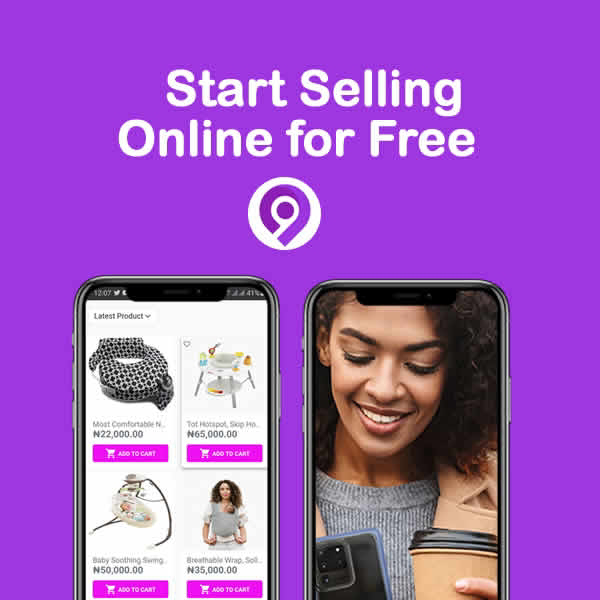5 things to consider if you want start an ecommerce business On Clubec9
1. Take action, and get started.
2. Drive targeted traffic to your store.
3. Raise the average order value.
4. Don't overlook the value of email marketing.
5. Build a real brand.
Read full article
Article from forbes
1. Take action, and get started.
As someone who was once a complete novice, I can tell you that building your store might be a lot easier than you think. Platforms such as Shopify (which I use in my own business) are designed for nontechnical experts like myself, as they typically require zero coding or website design skills. Some platforms also allow you to customize how you want your store to look and feel, as well as use apps to enhance the functionality of your store.
You can choose to sell your own products, or you could source products from other suppliers and perform a dropship model so that you avoid the hassle and risk of holding inventory.
2. Drive targeted traffic to your store.
Now that you have your store set up and populated with products, it's time to tell the world about your new business. Before you begin, I recommend installing website tracking via Google Analytics and Facebook Pixel at a minimum. Through using these tools myself, I've seen that they allow you to gather data about your website visitors, run marketing strategies and create custom and lookalike audiences.
It's also important to understand which types of traffic are visiting your online store. The first type of traffic is organic traffic. "Organic traffic" refers to visitors who land on your website as a result of unpaid search results. Examples include blog posts, social media marketing and search engine optimization.
The first store I created was a dog brand. I made sure I was omnipresent across all social media channels, and I posted three times daily to build a following using the most common hashtags. The main reason I saw success was because I went a level deeper. Instead of targeting all dog lovers, I targeted each subniche, such as people who owned huskies, dachshunds, pitbulls and German shepherds. Every breed had a different personality, and I was able to target those traits specifically.
The other type of traffic is paid traffic. I recommend focusing on one advertising platform at a time when trying to generate paid traffic. An example of such a platform is Facebook Ads, which allows you to target specific audiences on Facebook and a huge database of users.
3. Raise the average order value.
My next tip is to focus on the average order value. This is calculated by dividing the total revenue by the number of orders. So, let's say you have a customer who is about to purchase, or has just purchased, a husky-themed hoodie. You can present to them a second offer where you can offer more of the same, or you can present them an offer for a similar item at a discounted price.
In my case, I would offer a second hoodie at half price or offer a smaller-priced item such as a baseball cap. The main goal is to raise the average order value, which, in turn, will allow you to spend more money to acquire the customer and outbid your competitors who are seeking the same type of customer.
I personally prefer post-purchase upsells over pre-purchase upsells because they do not interfere with the buying experience. A confused buyer is a non-buyer.
4. Don't overlook the value of email marketing.
Now that you are beginning to build an email list of subscribers, social media follows and buyers, it is time to turn your email list into a strong monthly money-making machine.
I find email marketing powerful because you have already acquired the lead and/or customer, so you can begin to create powerful flows and segments to ensure you get the best open rates and deliverability.
In my case, I was able to segment my email list into categories such as VIP customers and repeat buyers; I could even segment my subscribers into different lists of dog breeds. This allowed me to send very specific email campaigns based on how each user was tagged in the email system.
I believe a good metric to aim for is $1 per email subscriber. If you have an email list of 10,000 people, for example, it should produce $10,000 per month in email revenue when done correctly.
5. Build a real brand.
Many new e-commerce store owners do not treat their business like a "real" business; they might ship products that are of inferior quality and have longer shipping times. As you can imagine, not only do customers dislike this and will likely never buy from the seller again, but also the seller runs the risk of chargebacks, refunds and possibly even losing their merchant processing account.
Find great suppliers that ship fast and build customer satisfaction and loyalty, and only sell products that you yourself would feel comfortable with. It is far cheaper to retain existing customers than find new ones. Over time, your customers will become your best marketing resource.




Comments
Post a Comment